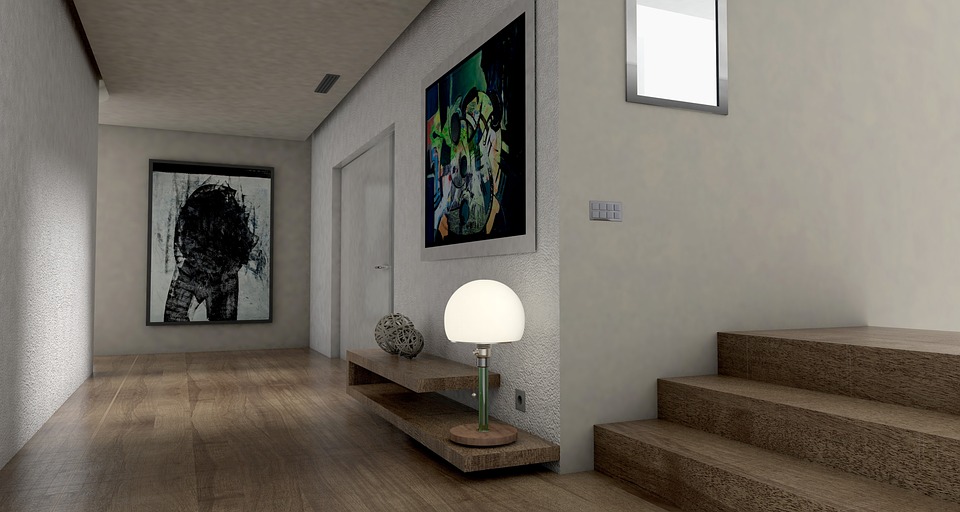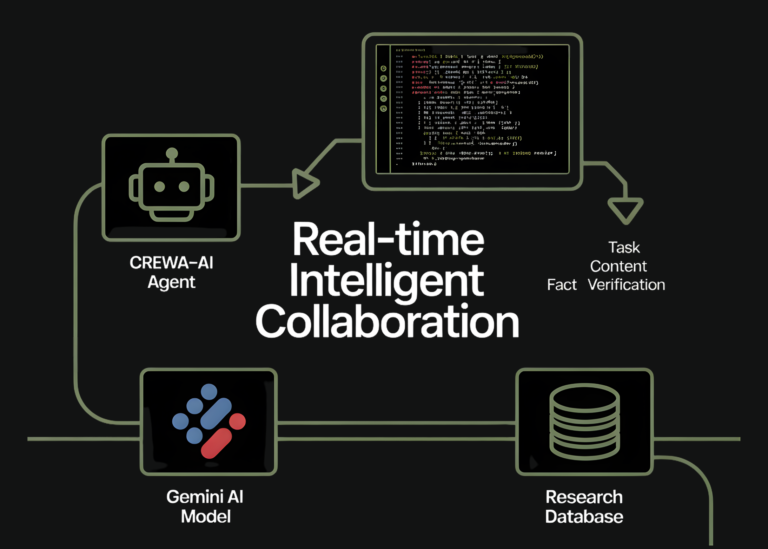AI Tools for Creating 3D Models: Revolutionizing Design in the Digital Age
The creation of 3D models has long been a cornerstone of industries such as gaming, architecture, engineering, and product design. Traditionally, this process required specialized skills, significant time, and expertise in software like Blender, Maya, or AutoCAD. However, the emergence of artificial intelligence (AI) tools is transforming how 3D models are generated, making the process faster, more accessible, and increasingly creative. From text-to-3D generators to AI-assisted design platforms, these tools are bridging the gap between human imagination and digital precision. Let’s explore the evolution, capabilities, and impact of AI in 3D modeling.
The Rise of AI in 3D Modeling
AI-powered 3D modeling tools leverage machine learning (ML) and deep learning algorithms to automate tasks that once demanded hours of manual effort. These tools can interpret user input—such as text descriptions, 2D images, or sketch drawings—and generate complex 3D models with minimal human intervention. By analyzing vast datasets of existing models, AI learns patterns and structures, enabling it to predict and create designs that align with user intent.
This shift is particularly significant for industries where rapid prototyping and customization are critical. For example, in game development, designers can now prototype characters or environments in seconds, while architects can visualize structures with AI-driven simulations. The democratization of 3D design through AI is also empowering non-experts to create professional-grade models, reducing the reliance on technical training.
Key Technologies Driving AI 3D Modeling
Several AI technologies underpin modern 3D modeling tools, each contributing to their functionality:
-
Generative AI and Neural Networks:
- Generative Adversarial Networks (GANs) and diffusion models are widely used to create 3D geometries from text or images. For instance, tools like DALL·E 3 (by OpenAI) and Stable Diffusion (open-source) can generate 3D assets based on natural language prompts.
- Neural Radiance Fields (NeRFs) allow AI to reconstruct 3D scenes from 2D photographs, enabling photorealistic modeling with minimal input.
-
Machine Learning for Optimization:
- AI can optimize 3D models for performance, such as reducing polygon counts for games or enhancing structural integrity in engineering designs.
- Tools like Autodesk’s Generative Design use ML to iteratively refine models based on constraints like material usage, cost, and strength.
-
Computer Vision and Image Segmentation:
- AI analyzes 2D images or videos to extract depth, textures, and spatial relationships, translating them into 3D models. Platforms like Runway ML and Reality Capture use this to turn photos into 3D scans.
-
Natural Language Processing (NLP):
- NLP enables users to describe a model in words (e.g., “a futuristic cityscape with glass skyscrapers and flying cars”), and AI translates that into a 3D blueprint.
Benefits of AI-Driven 3D Modeling
AI tools offer several advantages over traditional methods:
- Time Efficiency: Automating repetitive tasks like mesh generation or texture mapping saves hours of work. For example, Blender’s AI-powered add-ons can generate complex geometries in minutes.
- Accessibility: Non-designers can create 3D models using intuitive interfaces. Tools like MakeHuman (for character modeling) or Shapeways (for 3D printing) simplify workflows for those without advanced training.
- Cost Reduction: By minimizing the need for skilled labor, AI lowers production costs, especially for small studios or startups.
- Customization: AI enables mass customization, allowing users to tweak parameters and generate unique models tailored to specific needs (e.g., personalized prosthetics in medical design).
Popular AI Tools for 3D Model Creation
Here are some leading AI tools reshaping 3D design:
-
Blender with AI Add-ons:
- While Blender is a traditional 3D software, its integration with AI tools like AI-Generated Textures or Auto-Mesh streamlines processes like UV mapping and topology optimization.
-
MakeHuman:
- Focuses on generating realistic 3D human characters from text descriptions or parameter adjustments, ideal for animation and virtual reality.
-
Autodesk Generative Design:
- Uses AI to create optimized 3D structures for engineering and architectural applications, such as lightweight components or sustainable building designs.
-
Sketchfab’s AI Features:
- Offers tools to generate 3D models from 2D images and automatically tag or classify models for easier searchability.
-
Shapeways AI Studio:
- Allows users to design 3D-printable objects using AI-driven suggestions, reducing trial-and-error in the design process.
-
NVIDIA Omniverse and ACE:
- Part of NVIDIA’s ecosystem, these tools enable AI-powered asset creation, real-time collaboration, and simulation for games and virtual environments.
-
Midjourney and Leonardo AI:
- While primarily known for 2D image generation, these tools now support 3D model creation through plugins or integrations, expanding their versatility.
Applications Across Industries
AI 3D modeling is being adopted in diverse fields:
- Gaming: Rapidly generate assets, environments, and characters. Tools like Tilt Brush (with AI enhancements) let artists sketch in 3D space.
- Architecture: AI helps visualize building designs or simulate real-world conditions (e.g., lighting, airflow) to refine blueprints.
- Healthcare: Create patient-specific prosthetics or anatomical models from medical scans, improving diagnostic accuracy and treatment planning.
- E-Commerce: Generate 3D product models from images for virtual try-ons or online shopping experiences.
Challenges and Limitations
Despite their promise, AI 3D tools face hurdles:
- Data Quality: AI relies on training data, and poor-quality datasets can lead to inaccurate or low-resolution models.
- Lack of Control: Users may struggle to fine-tune outputs, as AI-generated models can sometimes lack the precision required for critical applications.
- Ethical Concerns: Issues like copyright infringement (e.g., AI using existing designs without permission) and over-reliance on automation raise questions about originality and accountability.
- Computational Demands: Advanced AI models require powerful hardware, which can be a barrier for some users.
The Future of AI in 3D Modeling
As AI continues to evolve, its role in 3D design will deepen. Future trends include:
- Integration with AR/VR: AI will enable real-time 3D content creation within augmented reality environments, enhancing immersive experiences.
- Collaborative AI: Tools that allow global teams to work on 3D models simultaneously, with AI handling complex tasks like rendering or animation.
- Better Personalization: AI will offer hyper-customized models, adapting to user preferences or even real-time feedback.
- Ethical and Regulatory Frameworks: As adoption grows, standards for AI-generated content will emerge to address intellectual property and quality control.
Conclusion
AI tools for creating 3D models are not just a convenience—they’re a paradigm shift. By automating tedious tasks, democratizing design, and enabling unprecedented creativity, they are reshaping industries and opening new possibilities for innovation. However, their adoption requires careful consideration of their limitations and ethical implications. As technology advances, the synergy between human creativity and AI efficiency will unlock even greater potential, making 3D modeling more inclusive, dynamic, and transformative than ever before.
Whether you’re a seasoned designer or a novice, the future of 3D modeling is here, and it’s powered by artificial intelligence.







